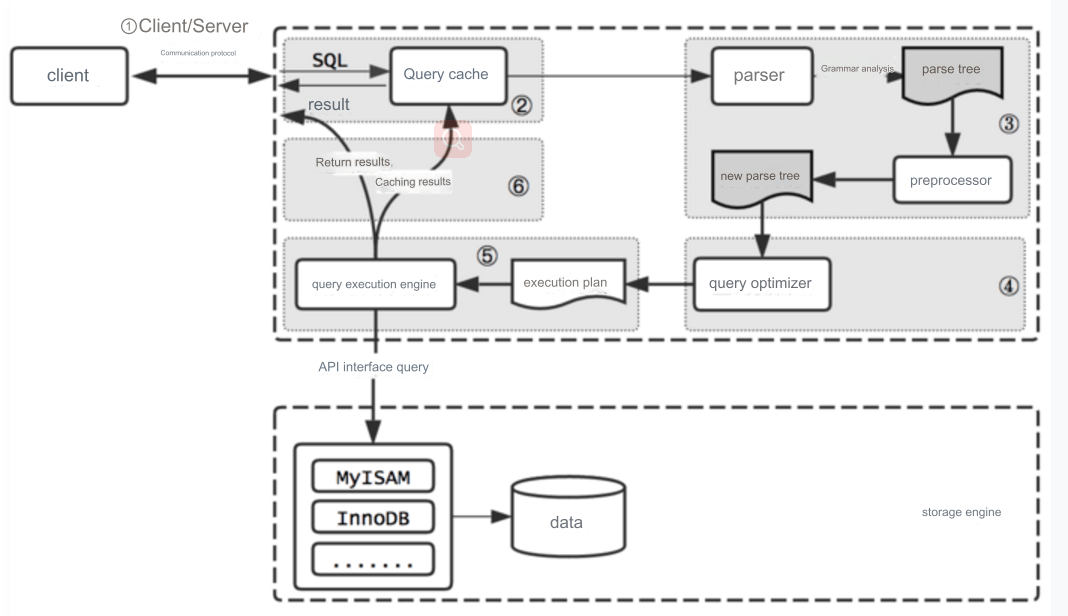In MySQL, a large transaction can consume significant resources, including locking resources and memory. This may lead to the following issues:
Reduced Concurrency: Large transactions may lock a large number of data rows or entire tables during execution, blocking other transactions and reducing the database’s ability to process concurrent requests.
Increased Rollback Time and Complexity: If an issue arises during the execution of a large transaction and a rollback is required, the rollback operation can consume a significant amount of time and system resources, impacting overall database performance and potentially causing other transactions to wait for extended periods.
Potential for Lock Timeouts: If a large transaction exceeds the lock wait timeout, it may result in a failed transaction.
To optimize performance and resource utilization, it is recommended to break large transactions into multiple smaller transactions. This approach reduces the time each transaction holds locks, improves system concurrency, and reduces the overhead of rollbacks.
Here is a simple code example demonstrating how to split a large data insertion operation into multiple smaller transactions:
import mysql.connector
# Assume this is the large dataset we want to insert
large_data_array = [...]
chunk_size = 100 # Number of records processed per transaction
# Database connection configuration
config = {
'user': 'username',
'password': 'password',
'host': 'localhost',
'database': 'your_database',
'raise_on_warnings': True
}
# Establish database connection
cnx = mysql.connector.connect(**config)
cursor = cnx.cursor()
try:
# Split the large data into smaller chunks
for i in range(0, len(large_data_array), chunk_size):
chunk = large_data_array[i:i + chunk_size]
# Start a new transaction
cnx.start_transaction()
for row in chunk:
# Perform the insert operation
insert_stmt = "INSERT INTO table_name (column1, column2) VALUES (%s, %s)"
cursor.execute(insert_stmt, (row['value1'], row['value2']))
# Commit the transaction
cnx.commit()
print("All data inserted successfully!")
except mysql.connector.Error as err:
# Rollback the current transaction if an error occurs
print("An error occurred, rolling back the transaction:", err)
cnx.rollback()
finally:
# Close the cursor and connection
cursor.close()
cnx.close()In this example, we first define a large data array large_data_array. We then split this large array into smaller chunks, with each chunk containing 100 records. For each chunk, we start a new transaction, execute the insert operations, and commit the transaction. If an exception occurs during the insertions, we roll back the current smaller transaction instead of rolling back the entire large transaction. This approach reduces lock time, improves concurrency performance, and simplifies the rollback process in case of errors.
It’s important to note that in practical applications, the appropriate transaction size and splitting strategy should be determined based on the specific situation. Additionally, always ensure that your code handles transaction commits and rollbacks correctly.




